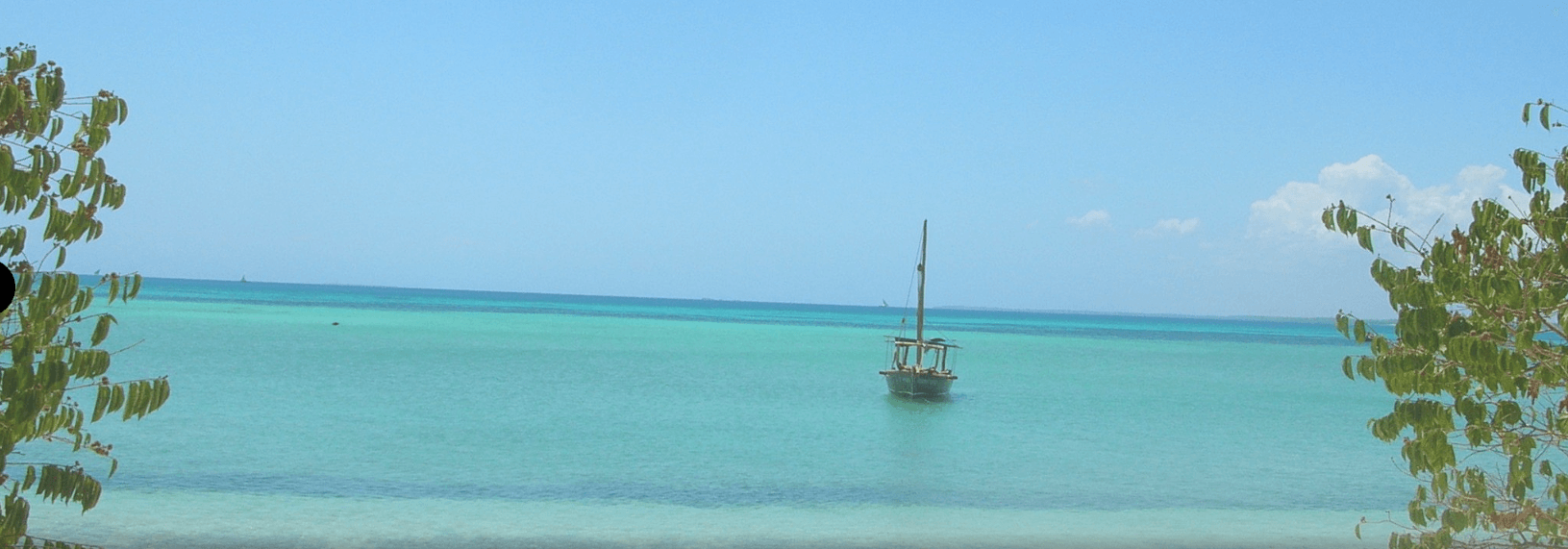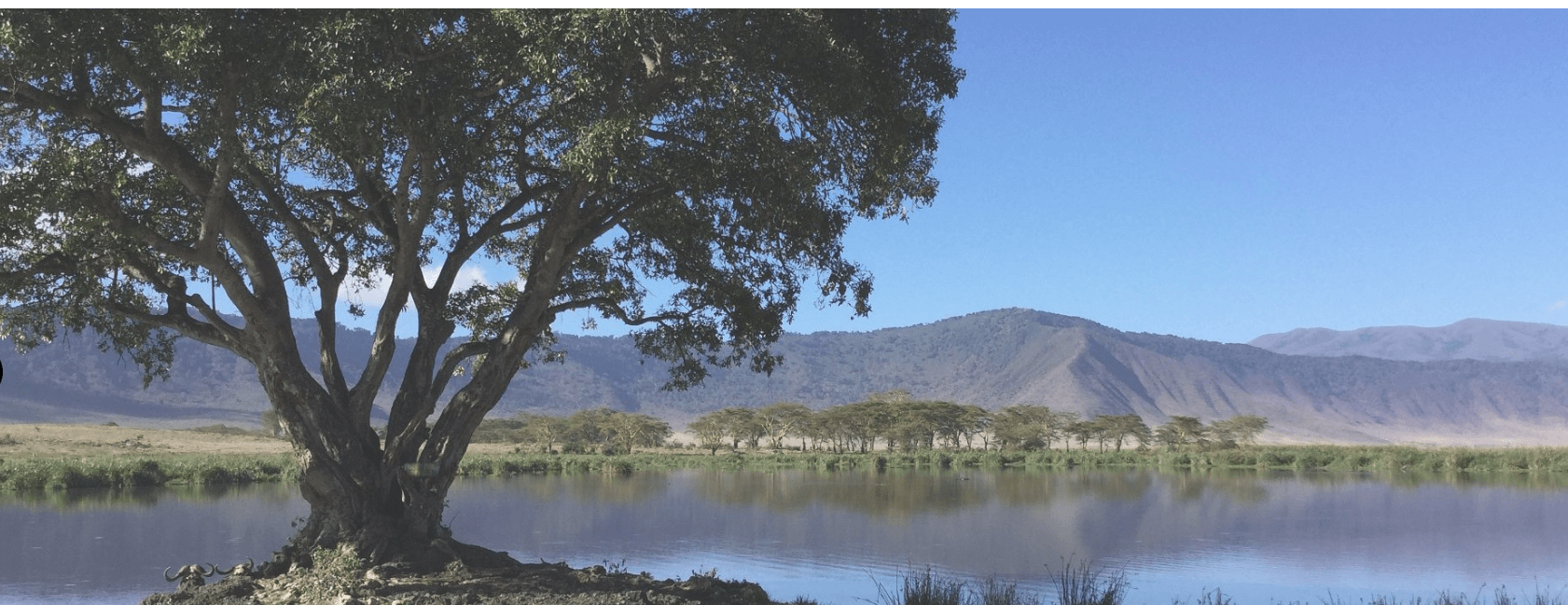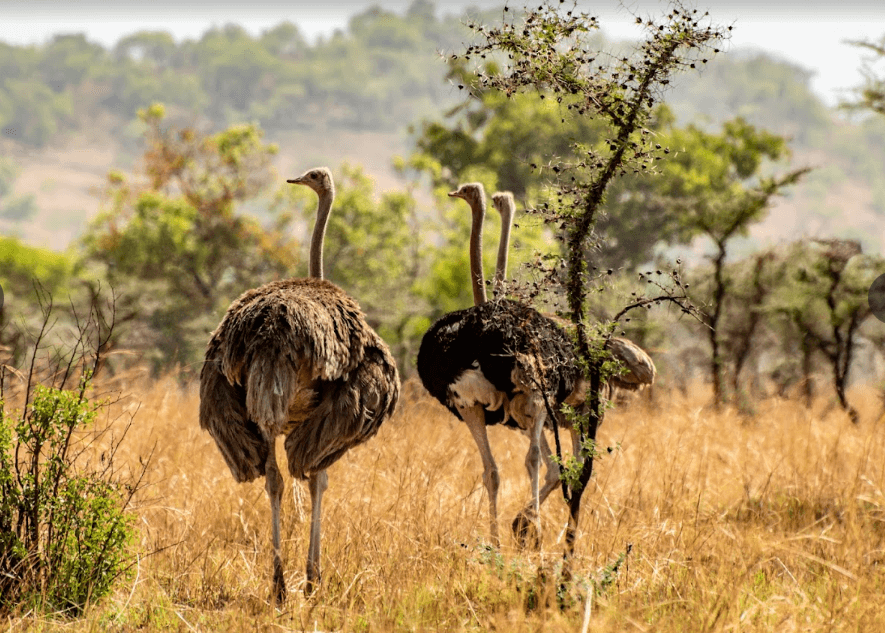Chyulu Hills National Park
Chyulu Hills National Park: A Complete Travel Guide
Located in southeastern Kenya between Tsavo and Amboseli National Parks, Chyulu Hills National Park is a unique and captivating destination known for its volcanic landscapes, lush green hills, and rich biodiversity. Established in 1983, the park covers an area of around 741 square kilometres and offers a blend of both scenic beauty and fascinating wildlife. Often referred to as the “Green Hills of Africa,” a title inspired by Ernest Hemingway’s description, Chyulu Hills is home to some of the most breathtaking landscapes in Kenya, featuring volcanic caves, lava fields, and rolling hills dotted with wildflowers.
Unlike Kenya’s more crowded parks, Chyulu Hills offers a serene, off-the-beaten-path experience. Visitors can immerse themselves in its unique ecology, from its lush forests to open grasslands. The park is an essential water catchment area, feeding into major rivers that supply water to the nearby communities and wildlife. Chyulu Hills is home to rare species, including the giant forest hog and the elusive bongo antelope, making it an exciting destination for wildlife enthusiasts and nature lovers alike.
This guide will provide an in-depth look at Chyulu Hills National Park, including its background, how to get there, top attractions, unique wildlife, activities, and frequently asked questions.
Background and Significance of Chyulu Hills National Park
Chyulu Hills National Park aims to protect the unique ecosystems of the Chyulu Hills range. This range is relatively young in geological terms, with some of the youngest volcanic cones and lava flows in the world, estimated to be only about 500 years old. The park plays a vital role in water conservation, serving as a catchment area for Mzima Springs and Tsavo River, which supply water to surrounding regions.
The park is managed by the Kenya Wildlife Service (KWS) in collaboration with the Maasai community.This partnership actively supports sustainable conservation while also creating direct benefits for the local community through eco-tourism initiatives. Moreover, with its rich biodiversity and essential conservation role, Chyulu Hills National Park significantly enhances Kenya’s ecological balance and boosts the tourism industry.
How to Get to Chyulu Hills National Park
Due to its central location between Tsavo and Amboseli, Chyulu Hills National Park is accessible by both road and air, making it convenient for travelers coming from major Kenyan cities.
By Road
- From Nairobi: The park is approximately 230 kilometres from Nairobi, with a drive that takes around 4 to 5 hours. The route is accessible via Mombasa Road (A109), with the closest town being Mtito Andei. From Mtito Andei, a dirt road leads to the park’s entry gates.
- From Mombasa: Chyulu Hills is roughly 250 kilometres from Mombasa, making it about a 4-hour drive by car. Travelers can take the same A109 road until reaching Mtito Andei and then follow the directions to the park.
By Air
For those looking for a quicker route, chartered flights are available from Wilson Airport in Nairobi to the nearby airstrips in Tsavo West National Park or Amboseli. From these airstrips, visitors can arrange for transfers to Chyulu Hills, which is a short drive away.
Tourist Attractions in Chyulu Hills National Park
Chyulu Hills National Park offers a variety of natural attractions and landmarks, each providing a unique experience for visitors. Here are some must-see attractions in the park:
1. Shetani Lava Flow
The Shetani Lava Flow is one of the park’s most striking geological features. This expansive black lava flow was formed from volcanic activity and stretches over several kilometres. The word “Shetani” means “devil” in Swahili, as local Maasai people believed the area was cursed due to the dark, ominous landscape. Visitors can explore the hardened lava fields, which give insight into the park’s volcanic history.
2. Chyulu Caves
The Chyulu Caves are one of the longest lava tube caves in the world, extending for more than 11 kilometres. These caves are a marvel for spelunkers and adventure seekers, featuring underground chambers, rock formations, and fascinating volcanic landscapes. Guided tours through the caves are available, providing information on their formation and local legends surrounding them.
3. Leviathan Cave
Located within the park, Leviathan Cave is believed to be one of the longest lava tubes in Africa. Exploring this cave system offers an exhilarating experience, with narrow tunnels, chambers, and rock formations shaped by lava. It’s a must-visit spot for anyone interested in geology and volcanic formations.
4. Scenic Hills and Grasslands
The rolling green hills of Chyulu, especially during the rainy season, create an idyllic landscape filled with wildflowers and panoramic views. Visitors can enjoy scenic drives or hiking trails that take them through this beautiful terrain, offering breathtaking views of the surrounding plains and, on clear days, even a view of Mount Kilimanjaro in the distance.
5. Wildlife Viewing
Chyulu Hills is home to a variety of wildlife, including some rare species not easily found in other Kenyan parks. Visitors can spot elephants, buffalos, giraffes, zebras, and various antelope species. The park also offers a unique chance to see the elusive giant forest hog and the rare bongo antelope.
Unique Wildlife at Chyulu Hills National Park
The Giant Forest Hog
One of the rare attractions in Chyulu Hills is the giant forest hog. This large, dark-coated animal is the largest wild pig species, easily recognized by its coarse fur and elongated face. Unlike the more common warthog, the giant forest hog prefers the dense forests of Chyulu rather than open plains. Although it is primarily nocturnal and remains elusive, early morning game drives still offer lucky visitors a rare chance to catch a glimpse of this impressive creature.
The Bongo Antelope
The bongo antelope is another rare species found in Chyulu Hills, known for its striking reddish-brown coat and white stripes. Bongos are shy and elusive creatures, mainly found in the dense forests within the park. They are considered one of Africa’s most beautiful antelopes, and spotting one is a highlight for any wildlife enthusiast. Bongos are critically endangered, and Chyulu Hills offers them a protected habitat, making the park a crucial area for their conservation.
Activities at Chyulu Hills National Park
Chyulu Hills National Park provides numerous activities for visitors, from exploring volcanic landscapes to wildlife spotting. Here are some of the top activities:
1. Game Drives
Game drives are the best way to explore the diverse landscapes and see the unique wildlife of Chyulu Hills. Unlike the dense savannahs of other parks, Chyulu’s mix of forests and open plains provides a varied environment for game viewing. Game drives can be arranged in the early morning or late afternoon, maximizing the chances of wildlife sightings.
2. Hiking and Trekking
For adventurers, hiking and trekking are popular activities in Chyulu Hills. There are various trails to explore, each offering a chance to experience the beauty of the rolling hills and volcanic landscapes up close. Some trails also lead to lookout points with sweeping views of Mount Kilimanjaro and the surrounding plains.
3. Cave Exploration
Exploring the Chyulu Caves and Leviathan Cave is a thrilling activity for visitors interested in geology and volcanic formations. Guided tours through these lava tubes provide insights into their formation and allow visitors to experience the eerie beauty of these ancient volcanic caves.
4. Birdwatching
With a diverse range of habitats, Chyulu Hills is an excellent destination for birdwatching.You can spot over 200 bird species here, including the African goshawk, white-bellied go-away-bird, and red-and-yellow barbet. Birdwatching tours are available alongside game drives or nature walks.
5. Horseback Safaris
A unique way to explore Chyulu Hills is on a horseback safari. Several lodges in and around the park offer guided horseback safaris, allowing guests to fully experience the park’s beauty as they move quietly through the landscape. Additionally, this option provides a closer and more intimate encounter with nature, without disturbing the wildlife.
Accommodation Options at Chyulu Hills National Park
Chyulu Hills National Park offers a range of accommodation options, from luxurious lodges to rustic campsites. Here are some of the popular choices:
1. Luxury Lodges
- Campi ya Kanzi: A luxury eco-lodge on Maasai land near Chyulu Hills, Campi ya Kanzi offers luxurious tents, personalized services, and incredible views of Mount Kilimanjaro.
- Ol Donyo Lodge: Located on the slopes of Chyulu Hills, Ol Donyo Lodge provides exclusive luxury accommodations, complete with private pools, rooftop star beds, and panoramic views of the hills.
2. Mid-Range Camps
- Kiboko Camp: A comfortable mid-range camp offering spacious tents, delicious meals, and easy access to Chyulu Hills.
- Chyulu Bandas: Managed by the Kenya Wildlife Service, the Chyulu Bandas offer budget-friendly accommodations for those looking to stay within the park.
3. Public Campsites
For those seeking a more rugged experience, public campsites within the park are available. These campsites offer basic facilities, allowing visitors to camp surrounded by the sounds of the wilderness.
Frequently Asked Questions (FAQs)
- What is the best time to visit Chyulu Hills National Park?
- The best time to visit is during the dry season, from June to October and January to February. During these months, the weather is clear, and wildlife sightings are easier.
- Is Chyulu Hills suitable for families?
- Yes, Chyulu Hills offers a range of family-friendly activities, including guided game drives, nature walks, and even horseback safaris.
- What are the entrance fees for Chyulu Hills National Park?
- Entrance fees vary by residency. Non-residents pay approximately $25 for adults, while residents and Kenyan citizens pay lower rates.
- Can I do a self-drive safari in Chyulu Hills?
- Yes, self-drive safaris are allowed. However, it is recommended to use a 4×4 vehicle due to the rugged terrain within the park.
- Are there guided tours available in Chyulu Hills National Park?
- Yes, the park offers guided tours, including game drives, cave explorations, and nature walks. Guided tours provide valuable insights into the park’s geology, wildlife, and ecosystem.
Why Chyulu Hills National Park is a Must-Visit
Chyulu Hills National Park offers a unique blend of scenic beauty, rich biodiversity, and thrilling adventures. From its rolling green hills and ancient volcanic caves to rare wildlife like the giant forest hog and bongo antelope, the park provides a diverse and rewarding experience. Chyulu Hills offers volcanic landscapes, rare wildlife, and serene nature, making it a hidden gem ready for exploration.





